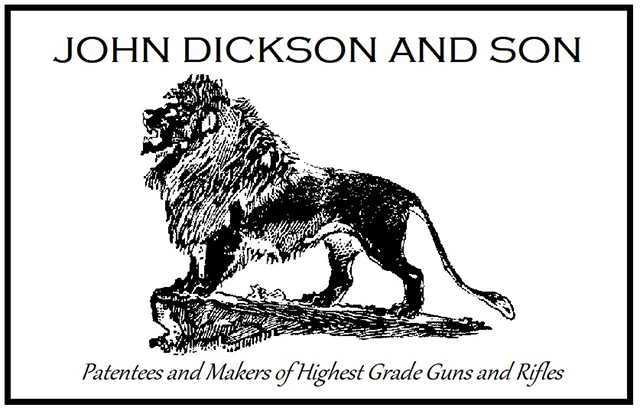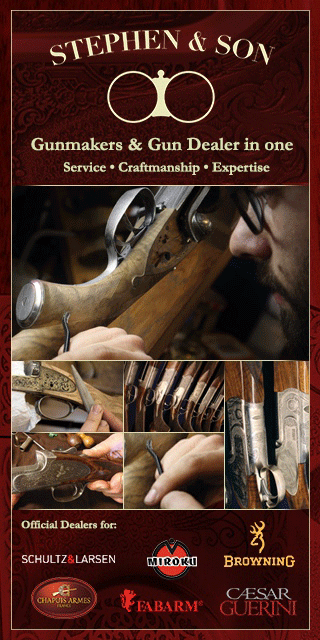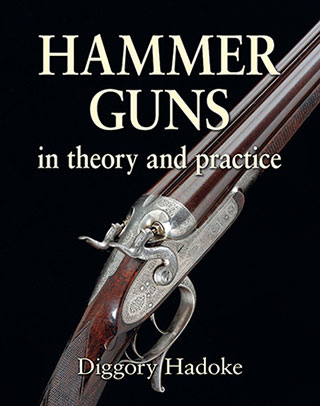Richard Arnold, writing in 1955, reflected on the use of lower velocity powders to produce effective killing loads for longer range in normal game guns.
This was the impetus behind the Eley 'Maximum' cartridge; a standard length (2 1/2") case loaded with 1 1/4 oz (34g) of shot and low velocity powder. In these days of super-speed claims from all our cartridge makers, these musings from the past make an interesting comparison.
"The enthusiast will naturally be interested in the theory of low-velocity loads. High velocity sounds more attractive, but the low-velocity loads are the more satisfactory in practice.
The principle underlying this method of loading is very simple —namely, that when two spherical balls of different weights are propelled with equal velocity, the larger ball will hold a greater proportion of the original velocity for a longer distance than the smaller ball. It will thus be readily perceived that there is a great advantage in having heavy shot-pellets, because they hold their velocity longer, and give better penetration, but they have the great disadvantage that the shot-charge contains a smaller number of pellets.
This means a more scattered pattern and less chance of striking a vital spot; indeed, small game can often escape through “ blank ” patches in the pattern.
There is no increase in recoil with these heavier shot-loads, and penetration is maintained for a longer range.
There is only one way to increase the pattern density for any given shot-size, and that is to increase the shot-load, which, in turn, means higher pressures. But—and this is important—if the powder-charge is reduced , although the muzzle velocity will be lower, the pressures will be normal. There is no increase in recoil with these heavier shot-loads, and penetration is maintained for a longer range. For shooting at normal game ranges there is little or no advantage in the low-velocity load system, but for long-range shooting, particularly for wildfowling or flighting pigeons at roost, the low-velocity load brings many advantages.
Perhaps the principle and practice will be made clearer if we consider the following examples (in each case the standard 12-bore 2 1/2". case is taken as the exemplar):
Standard case containing 1 1/16 oz of No. 6 shot contains 287 pellets.
Reducing the powder-charge, in accordance with the low-velocity load principle, it is possible to increase, in the same cartridge case, the shot load to 1 1/4 oz.
Standard case containing 1/4 oz of No.4 shot contains 213 pellets.
Maximum effective range of individual pellets:
6 shot—5 5 yards
4 shot—75 yards
i.e. a potential increase of 20 yards in killing range.
A full choke should throw 149 pellets of the 1 1/4 oz charge of No. 4 shot into the 30-in. circle at 40 yd.
A full choke should throw 201 pellets of the 1 1/16 oz. charge of No. 6 shot into the same circle at 40 yd.
An improved cylinder barrel at 40 yd. with its 1 1/16 oz of N.6 shot is looked upon as an excellent killing combination for game shooting; this boring and load should place 144 pellets in the central 30-in. circle."
Richard Arnold (1955) 'The Shooter's Handbook'.
Published by Vintage Guns Ltd on (modified )



